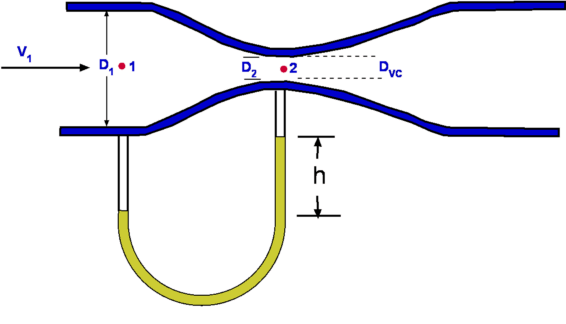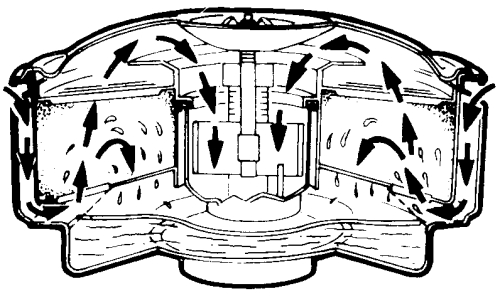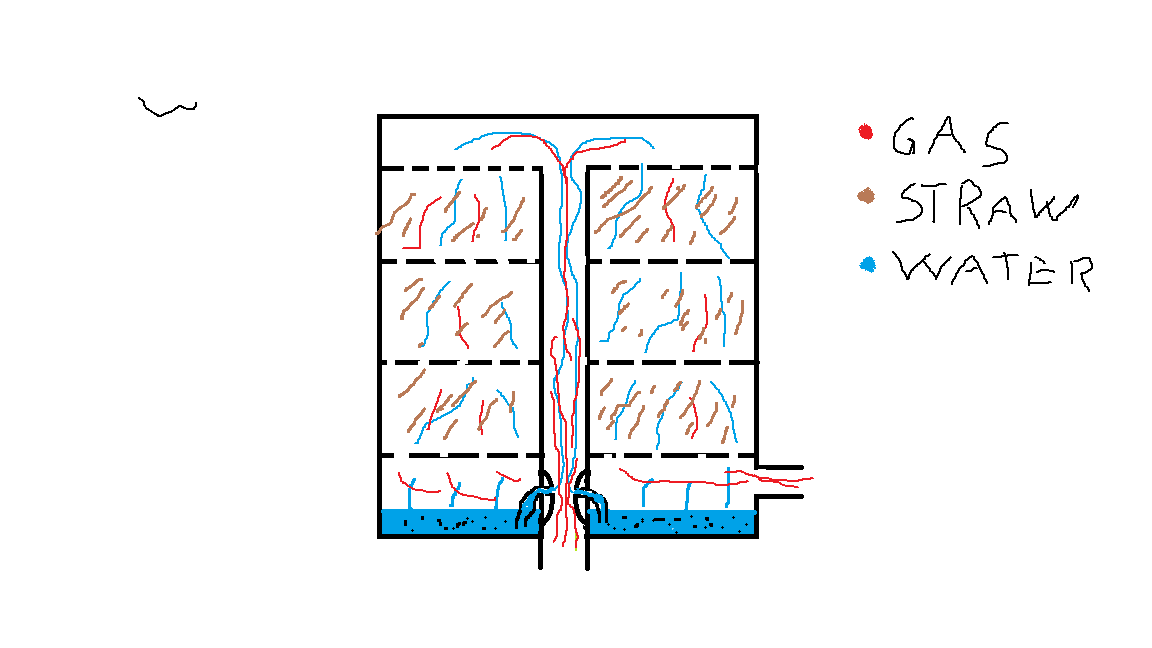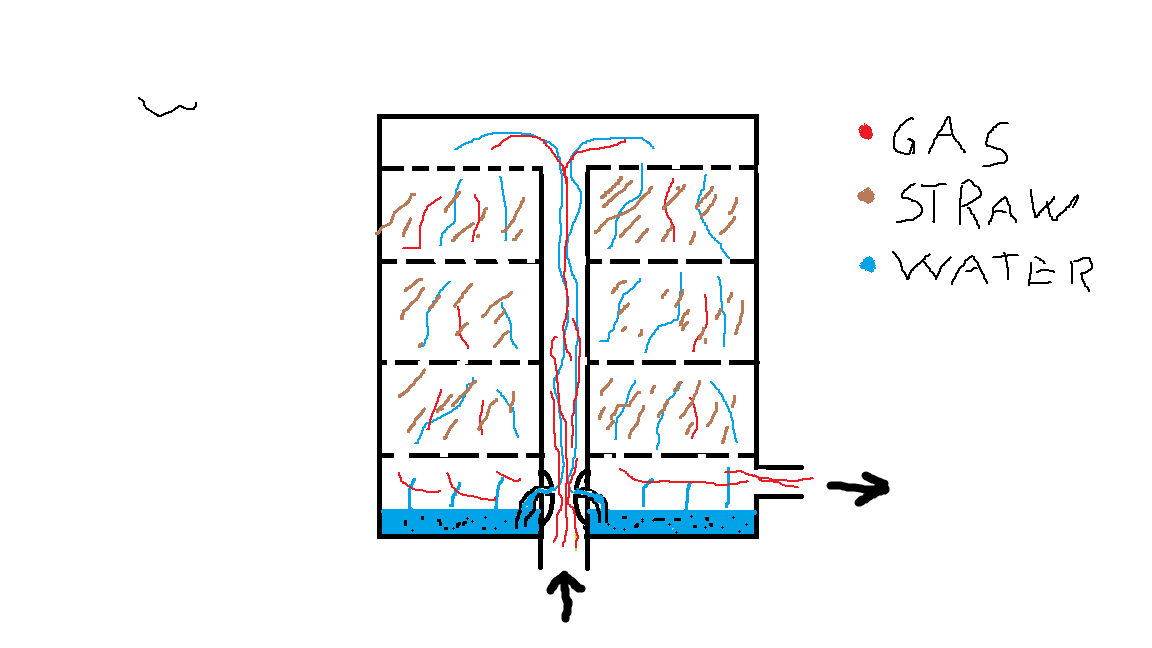Hi Guys,
Steve gave me this advice a year (or longer) ago and I should have taken it more seriously. It wasn’t a total waste of time but it surely will get you there quicker.
Thanks for sharing, Steve.
Pepe
It works. I know it does , Ive seen it done in the bigger plants and if anything the smaller scale ( most pilot projects ) work more efficient / better when done smaller. |My bubbler works, I just don’t know yet, how it will react with an engine. But, for making clean gas, a bubbler works great even in cold conditions
Craig . . . past just a narrow focused “I made clean gas” is HOW you are now going to safely, sanely, resposibly handle your bubble system contaminated liquid.
The commercial put in service IISc water washer gasifier systems they had to set up whole separate filter-water decontamination processing systems.
Too complex and expensive for individual small scale DIY use.
So . . . smsytem individual use DYI is stuck with just ground dumping contaminated wash-filter water in some property corner with an “Oh well. I am saving my engine.”
Screw that.
Woodgasification CAN be made complete enough for only mixed neutralization of two condensates; dry soot and mineral ash dry solids; with maybe (depending on the input wood) a small amount of asphalt-like tertiary tar.
Wayne Kieth does this.
Vessa Mikkonen does this.
Dutch John does this.
American. Sweedish. Nederlands.
For IC engine use, the ENGINE is the best gas-contaminants eater-upper. In a world now with billions of IC engines - work these. Relpace out, metals recycle after worked to death.
Practicalty-use, before, gas-idealism.
J-I-C Steve Unruh
An interesting feature of the original plant, was the production of approximately 4 gallons per hour of tar, when the plant was operating, posing a problem of disposal.
Investigations revealed that the tar had considerable calorific value if reburned in the producers, but because of the significant cost, the tar was piped to the North of the plant and discharged into a backwater of the river.
This large black, malodorous lake, adjacent to the new highway within a few hundred metres of the town was a permanent reminder to residents and travellers of the presence of the Humphrey Pumps! It was finally rerouted to a receiving basin close to the pumps, where the solidified tar is still visible. It is pleasing to report that within the last 30 years, nature has erased all trace of the original tar lake.
Too complex , too expensive ? buddy I can weld up a separator in about 2 hours out of free scrap. Worst case scenario a guy can drop it off at the eco station and they recycle it for free. I don’t get why people think it’s so hard all the time. it’s self defeating.
Steve, not to dubt your experiances, but l think this has a lot of perspective.
Yes, its possible to DOW with clasical, minimal effort and cost sistems, but as long as l get soot in the intake manifold, possible tar on valves and rings, condense in gasline etc on my sistem, l am not pleased with those sistems. We live in 21. century after all!
Actualy, a hay filter is allso a scruber. Is there a problem with its condense disposal too?
I am not saying screw the old prooven sistems, l say make them better!
to be exact, this is what l have in mind right now
This is a scrubber haifilter, with recirculateing water via venturi ejector (carburator stile).
Self washing, and shuld work better thain a conventional hayfilter without many more complicated gadgets.
Of corse, my statements stand for water scrubbers. Antifreeze is a nother question.
I would be concerned about mold problems with that system. Moist hay in a warm environment spells mold around my farm.
Good morning Kristijan
I think you should take another look at the venturi effect . I see the water flowing at the venturi as opposite as you have it drown .
The maximum negative pressure of the vessel will be in the bottom of the system where the water is stored . In a carburetor bowel the gasoline storage is at atmospheric pressure ?
Good morning Dan
Mold does’t grow very well in a CO environment.
Water bubbler ? ok, been done the easy way since more then a century
Scrubber for Co2 ? why would you take it out of your gas ? it does the same as nowadays EGR
reducing the pressure spikes which cause Nox pollution …
Using wet wood chips to take some polutants/tars out of the gas stream and reuse them in the gasifier as fuel perhaps ?
My big stationary systems has:
Wet blower
woodchips demister
Sawdust active filter
Sawdust passive filter
Bagfilter
Generator emissions are far below the limits, no extra wear , no tar and no soot in the intake/valve track
Clean engine oil
Hi Wayne

Based on this, it shuld work. Perhaps we had a missunderstanding;
The venturi calculator says there are 10" of water vacuum in a 40mm/25mm/40mm venturi tube at WOT for my engine, or 1000l/min of gas. Plenty.
A better sistem wuld incorporate a water pump and a filter to put soot out of the water, but more complicated.
Eaven if all fails, you still end up with a hayfilter 
As for mold in the hayfilter; Like Wayne sayd, not likely, but ha! Eaven better! More surface area with all the fur 
Koen, this is something like l was thinking. More filters with different proppertys.
Or, eaven better, make one filter, with proppertys of more filters 
Usually bubblers are updraft, and you try and create as small of bubble as possible without clogging. It allows more air/water contact. A screen or a series of screens, would probably work the best (with actual window screen the holes maybe too close to allow water to get in between it may resemble more like a kitchen strainer.)
Then you can dry the gas via cooling to recover the water, before going to like a hay filter, if it is still needed. I would think wet hay/straw/sawdust is just going to clump together when it is wet and create too much drag on the system. Getting small enough bubbles and still allow the volume of gas needed going through the screen is going to be tricky enough.
Yes, but bubblers make more drag thain scrubbers! Allso, a bubbler with a range of gas flows like a car engine might not be a good idea…
As for drag in compacted straw or hay, dont forget the hey doesent actualy need to be hay. The point is to have a large surface area with water and gas running trugh it. Culd be anithing from ss pads to plastic shavings, or something that holds its shape when wet.
Allso, the skech above shows screens in layrs to eavenly disperse water/gas trugh the surface.
Agen, dont look at it as a scrubber, look at it as a self washing hay filter. Still other needs of filtration most likely.
Craig if you are going to quote me; quote me completely and in context for the point I was making:
I was saying for a wet/liquid gas bubbler cleaner system that it would be “Too complex and expensive for ‘a separate water decontaminating system’ for individual small scale use”.
I live on 17 adjacent acres.
I will “acid” hopper condensate and downstream “alkaline” condensate mix to neutralize and just ground dump. Many using these individually as mild weed killers, and bug knock back sprays, soil minerals releasing agents.
I will mineral ash and dry soots dump in the chicken yard. The birds using these as an insect dusting and feathers polishers.
I will not contaminate my property or any neighbors with phenol’s, cancer toxic, easy-one-step gas-cleaning washes.
This is irresponsible.
Of course the Urban way has always been to just shuffle off any waste problem out-of sight, out-of mind, onto a lower class. Been that way since cities were made. Cities have always been about class-stratification. With the Rurals beholding to humbly serve all of these city classes.
J-I-C Steve Unruh
I haven’t bothered washing out my hay all winter and it actually works better now with a lot of wet soot on it - more surface area. No mold though. Ice crystals on the hay in winter time works good too.
Only one thing on your drawing, Kristijan. You’ll lose the settling area effect filtering top - down.
If you want to bubble, why not just use a perforated inlet pipe below the water surface and let the gas migrate upwards? Condensation will still drip down.
I thought about adding planer shavings on top of the hay. Only I think a lot and a fraction gets done 
Too many of you guys are still in love with your engines.
This IS the most easily recycled part of the whole wood-makes-power system. As Dutch john says woodgas is a way to use up old engines.
Then old style flat heads can be made back over into much better over head valve types. Compromised design early overhead valve types made back over into true 21st century better designs. Atkinson cycle.
And some in love with “woodgas as clean as spec refinery fuel gases”.
But too many in love with thier better idea’s.
Carry on guys. Just do not be dumping crappy gas washes in my State. We have laws. And inspectors for those laws.
S.U.
Sorry if i miss quote or understand. Just a lot of people spreading misinformation that it can’t be done, then when called on it, spin it in to an environmental thing. Were not here to debate the envronment but talk gasification. In this case scrubbing / bubblers
Hmm it sure is a lot simpler. Still a lot of thinking to do  Then, a lot of realisation.
Then, a lot of realisation.
Steve,
l am a young guy with nothing but a car, a hungry growing family, a small farm and a eaven smaller sallary to finance all these. Of corse l am in love with the engine! Its the only one l have and wuldnt want to ruin it. Ofcorse l risk ruining it every day, setting me a few months back to my finance goal, but that hasnt diverted me from the wonderfull world of DOW yet.
l have allso read enough to know woodgas sistems (and most other things) can be a slopy duct tape, silicone, rust and soot pile of crap “kind of working” sistems, but allso proffesionaly and well thod made work of art sistems that make your eyes popp out (not talking just about the looks).
Yes, l am allso in love with “woodgas as clean as refinery fuel gases”, becouse l have experianced a “not so refinery clean fuel gas” first hand, and allso seen a above mentioned super clean woodgas sistem on my owneyes. I know its possible, the challange is to make it mobile, small and practical.
l (and many others) am not trying to invent hot water, l am just trying to incorporate industrilal sistems and mechanisms that do work for decades, in small scale and above all practical and affordible homemade sistems.
And last, if l wuldnt be in love with the ideas, l wuld never realise them. They wuld dye on paper. If they are better or not, who knows. Most likely not. But as long as there is room for improvement, you will see me kicking 
guilty as charged…
Why not implementing the good old oil bath filter ?
It is a Bubbler, oil splasher… all in one…
you even can stack them if you want…
Oil can be dripped in the gasifier later on…
Search on google for “oilbath filter” might give better , understandable pictures as well
and if you put it in the hot gas stream, you get a Carburated gas… ( using and experimenting with different oils… )

Koen I have asked this question before and been told oil bath filters where tried and that the oil makes the soot which will otherwise pass through the engine harmlessly stick to the valves.

